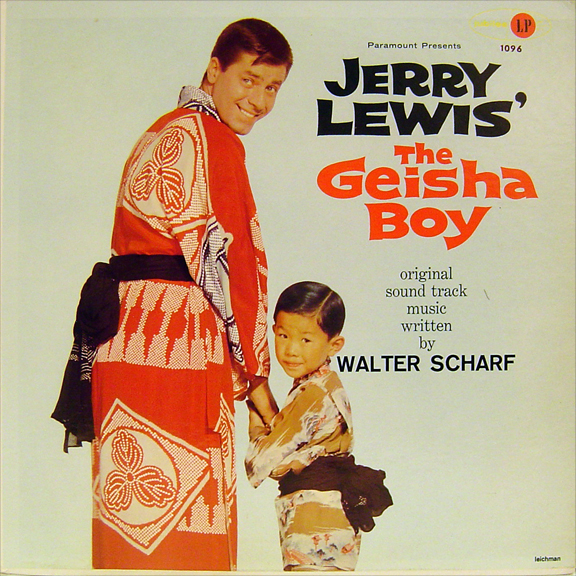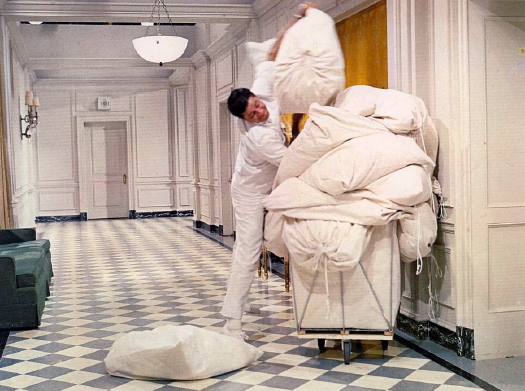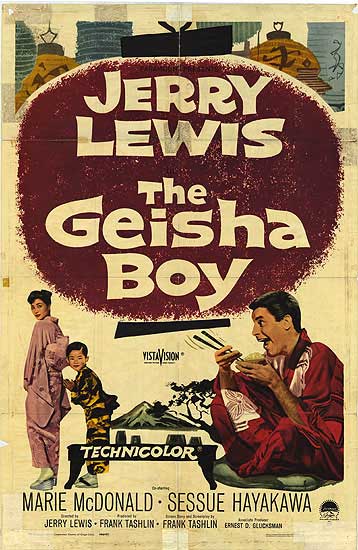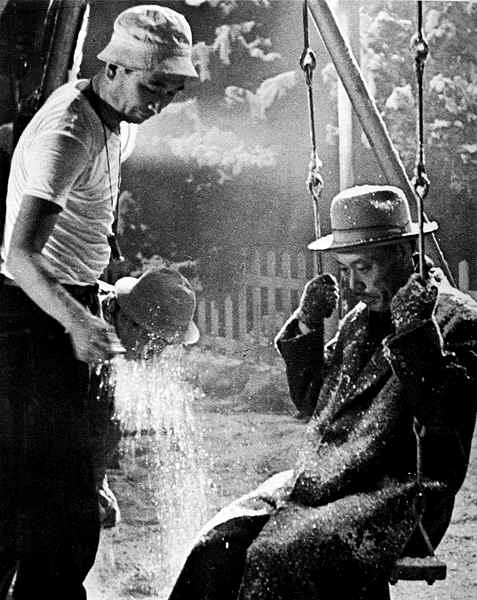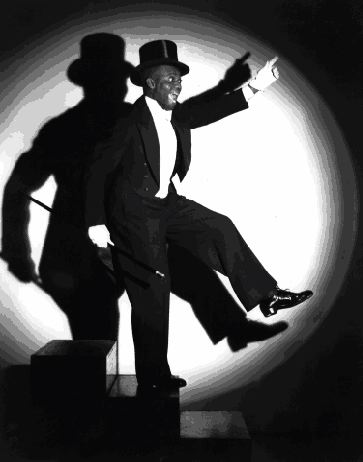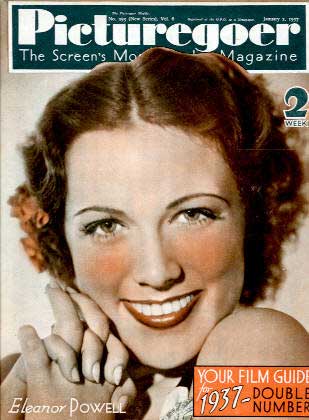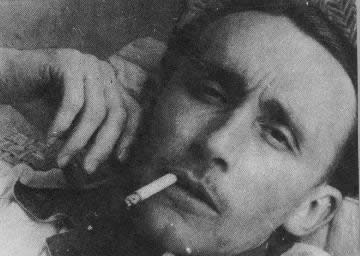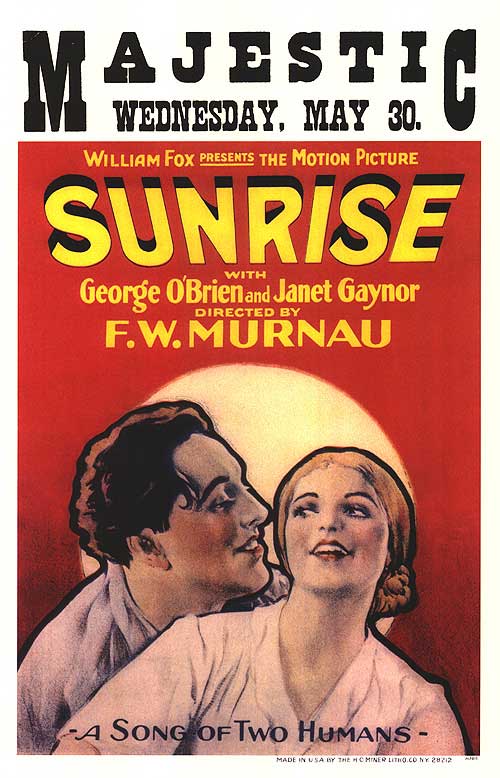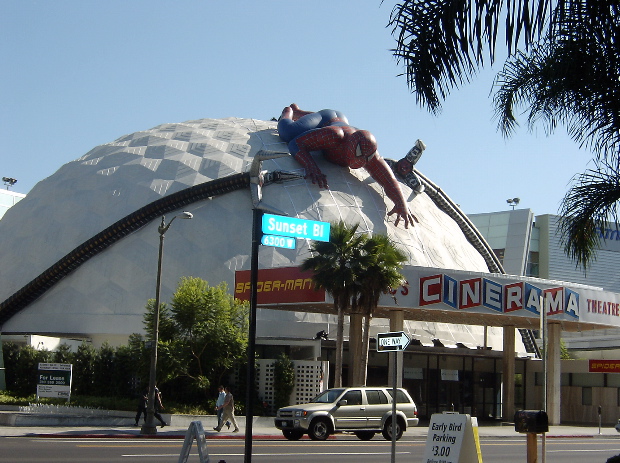
Here's Cory Doctorow, of Boing Boing, on the future of movies, from a recent article at the Internet Evolution web site — an article which deals with the future of traditional media in general:
The specific, rarefied animal that is the gigantic film spectacle demands a technological reality that has ceased to exist– just enough technology to distribute the films everywhere, but not so much technology that the audience gets to overrule your distribution decisions.
So, we may be at the end of the period in cinematic history where we can convince investors to pony up $300 million to make a sequel to a sequel to a remake of a movie adapted from a 50-year-old comic book. Which isn't to say that no one will make these things henceforth — give it a decade or two and there may well be rich weirdos who fund these productions the same way there are lovely old codgers who can be coaxed into putting up the dough to mount 15-hour, all-singing, all-dancing Wagner operas. Not a mass medium, nowhere near as culturally relevant as BBMs are today, but still a going concern as a vanity/prestige form.
Doctorow is right on target here. Traditional films have taken their shape and much of their content from the nature of the way they're distributed. Movies in the corporate era have never reflected “what the public wants”, because those who control distribution can in many ways decide what people want — or rather what they will accept in the absence of an alternative. The end of Hollywood's domination of distribution portends a drastic and irreversible change in the shape and content of movies.
So what will that change be like? Doctorow imagines a fragmented audience for YouTube-type videos consumed on computers, most of which will be aimed at very small niche markets, some of which might be popular enough to attract advertising dollars.
I see something else quite different happening — as a result of the confluence of the digital distribution of films to theaters and the desire, which is never going to going away, to experience dramatic works in a public setting, in the physical presence of other people, of strangers.
When all films are sent to theaters digitally, extraordinary possibilities will open up. The low cost of such distribution will, like the Internet, make it feasible for theaters, just like YouTube, to serve niche markets — at off-peak times, for example. Today, theaters make most of their money from concessions — they exist primarily to sell popcorn and candy and soft drinks. Any film that moves people past the concession stand can be profitable, as long as renting it is logistically simple and relatively inexpensive and as long as there is a way to advertise it cheaply.
What this will require, then, is some sort of interface between peer-to-peer-based Internet advertising and theater scheduling. Theater programming could be bottom-up — a local group with shared interests could “order up” a film screening by offering to fill a certain number of seats for it, perhaps reserved (provisionally) in advance by a click on a PayPal button. Another click on a computer-screen button in a theater manager's office could speed the film, whatever it happened to be, to the theater's digital projector at the appointed time.
The movie theater of the future could be simultaneously a venue for the latest Hollywood blockbuster, an art house, a local filmmakers festival, a clubhouse for hobbyists who like movies featuring trains, a Sunday-school classroom for people who want to see movies with religious themes. There's no way of predicting what audiences might really want to see. When Netflix started up, its directors assumed that most people would only want to see new movies — in fact, the vast majority of its rentals are for older films. Netflix created a bottom-up market which allowed consumers to express a preference no one could have anticipated.
A bottom-up market for theatrical films would allow new local communities to form, as they do virtually in cyberspace. A critical element in such a process would be a physical space within or near a theater where audiences for particular films or types of films could meet up before and after screenings. Such communities would grow exponentially and unpredictably, as they do in cyberspace.
It has often been suggested that virtual communities are filling a vacuum created by the disappearance of more traditional real-life community hubs — the neighborhood tavern (banished from suburban housing developments), the soda fountain, the diner, the church social. Virtual community can never truly replace such things, however — people are still hungry for the sort of “action” that only comes from physical proximity to fellow members of their species. This is one reason that teenagers still hang out in the soulless spaces of the mall, that people still want to go to the movies, even if there's nothing playing at the local multiplex that they really want to see.
The next step is only logical — apply the paradigm and the technology of virtual communities to create new real-life communities. Can it work? Ask Barack Obama.
I started my connection to the Obama campaign virtually, by sending in a small contribution online. I ended up on election day driving strangers from my neighborhood to the polls — one of the great experiences of my life. The transition was organic and easy — because it made sense, practically and emotionally.
The movie theater of the future will evolve in the same organic way and in retrospect will seem inevitable, as Obama's victory is already starting to seem inevitable. Meanwhile we just have to wait for the entertainment entrepreneur who can see now, as Obama saw in the political realm, which way the twig is bent.

